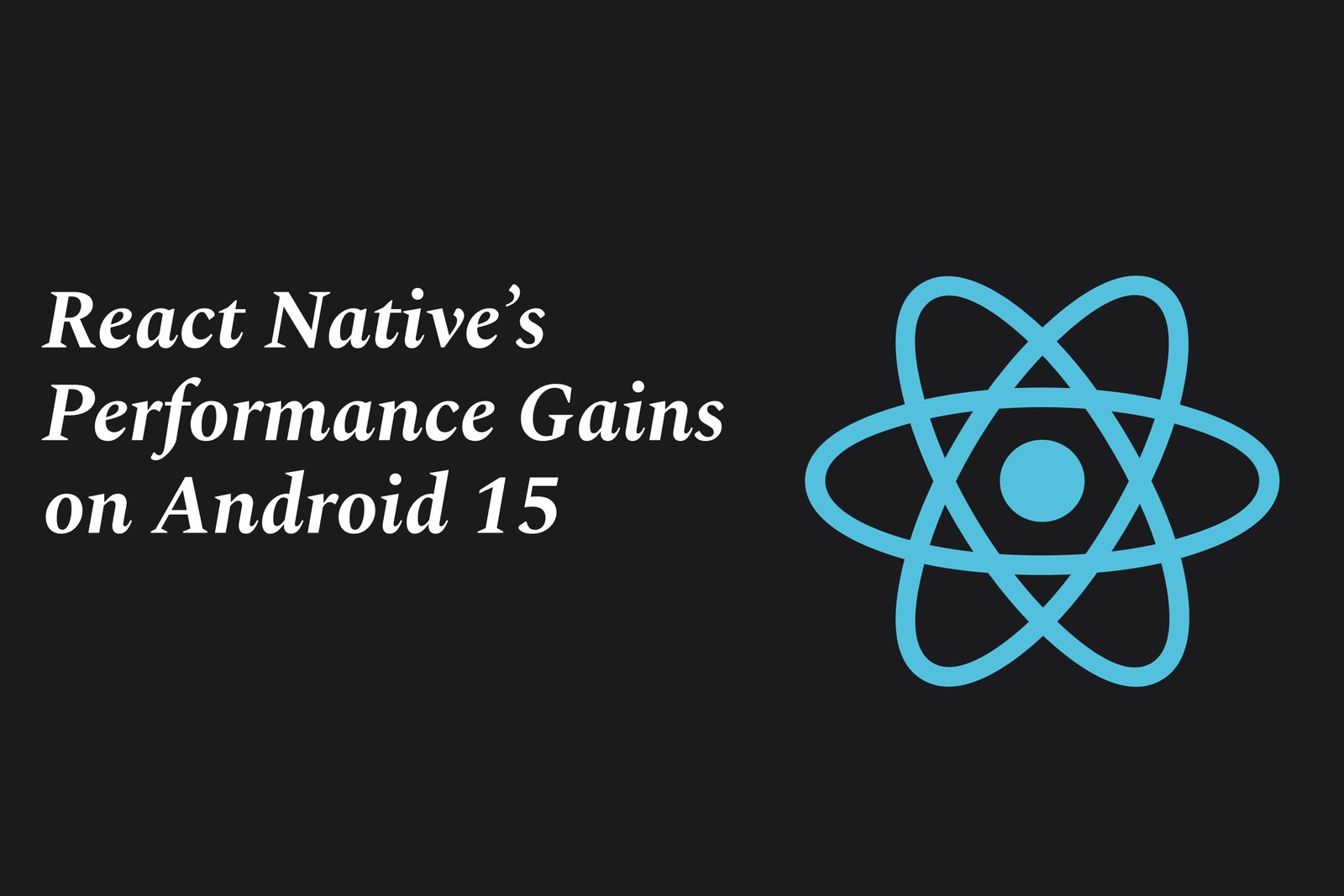The surprising benefits of React Native in education apps
React Native offers education apps faster cross-platform development, rich interactive UI, and easier maintenance. Its flexible, modular design and strong community support enable scalable, engaging learning experiences across iOS and Android with reduced time and cost.
The Surprising Benefits of React Native in Education Apps
1 ) Balanced View on React Native Migration
React Native offers a compelling option for developing education apps but is not a one size fits all solution. The technology has both strengths and limitations, and companies often maintain native codebases alongside React Native. Understanding this balanced perspective helps educational app developers set realistic expectations, avoiding hype while acknowledging genuine advantages.
2 ) Financial Considerations Beyond Development Costs
Migrating to React Native impacts more than just technical development expenses. Education app creators must consider opportunity costs such as development timelines that might delay new features, personnel changes when staff transition or leave, and strategic implications like adaptability to new devices or platforms. A careful financial evaluation including setting budgets and ROI milestones is essential to ensure migration viability.
3 ) Incremental Migration Strategies
Education apps with complex legacy features and extensive business logic require mindful migration strategies. Migrating all functionality in a “big bang” approach is typically unrealistic and risky. Incremental migration, where new features or sections are progressively ported to React Native, reduces disruption and preserves user experience during transition.
4 ) Cross Platform Reach and Development Efficiency
React Native enables education apps to reach both iOS and Android users with a shared codebase, which can accelerate development and maintenance. This advantage allows for faster rollout of educational content and consistent user experiences across devices, an important factor for schools and learners using diverse hardware.
5 ) Enhanced User Experience with React Native
The framework supports smooth, responsive interfaces that are essential for interactive learning apps. React Native’s component based architecture facilitates modularity, making it easier to update educational materials and add new functionalities aligned with pedagogical changes.
6 ) Access to a Vibrant Community and Ecosystem
React Native benefits from a robust community, numerous libraries, and support tools that help education app developers quickly solve challenges and integrate educational features like multimedia content, quizzes, and real time collaboration tools.
7 ) Flexibility and Customization
React Native allows integration of native modules where high performance or device specific features are necessary without abandoning the benefits of cross platform development. This flexibility is valuable for education apps that may require intensive graphics, AR features, or secure offline access.
Summary:
React Native brings surprising benefits to education app development by offering cross platform efficiency, enhanced user experiences, and a supportive ecosystem. Yet, migration demands careful financial planning, a balanced viewpoint on expectations, and strategic gradual adoption to handle the complexity of educational platforms. When thoughtfully implemented, React Native empowers the creation of innovative, accessible, and scalable education applications.
https://justacademy.in/news-detail/android-split-screen-multitasking-news
https://justacademy.in/news-detail/flutter-vs-ionic-2025-performance
https://justacademy.in/news-detail/android-smart-lock-and-security-features
https://justacademy.in/news-detail/real-time-database-plugins-in-flutter
https://justacademy.in/news-detail/flutter-for-ar/vr-apps-in-2025
Related Posts
Java supports GDPR and data privacy by enabling secure data handling through encryption, controlled access, and precise data management. It allows developers to minimize PII exposure, ensure data confidentiality, and design workflows that comply with data protection regulations effectively.
Java code quality tools have evolved to include advanced static analysis, integrated security checks, and AI-powered code reviews. These updates help developers detect bugs, enforce coding standards, and enhance security, streamlining the development process and improving overall code reliability.
Java remains a cornerstone in big tech companies, evolving with modern features like records, pattern matching, and virtual threads. Its robust ecosystem, enhanced performance, and growing AI integrations keep it vital for both legacy systems and innovative new projects.
Java and CI/CD pipeline optimizations streamline Java application development by automating builds, tests, and deployments. They improve efficiency through parallelization, caching, and secure secrets management, enabling faster feedback loops and more reliable, scalable software delivery.
Java supports modern cryptography standards through its flexible Java Cryptography Architecture (JCA), enabling integration of advanced algorithms like AES, EdDSA, and post-quantum tools. Libraries like Bouncy Castle offer FIPS-certified, hardware-accelerated implementations for secure development.
Java 23 enhances record patterns by enabling concise, direct destructuring of record components within pattern matching, simplifying type checks and data extraction. This improvement boosts code readability and expressiveness by reducing boilerplate in handling immutable data classes.
Java remains a top choice for mobile app backends, powering scalable, secure, and high-performance server-side solutions. Latest trends include cloud-native microservices, reactive programming, and enhanced JVM optimizations, enabling efficient, flexible, and robust mobile backend development.
Java SE 24 and LTS Java SE 21 offer enhanced features and performance, while Apache Spark 4.0.0 introduces Scala 2.13 support and advanced ML and SQL capabilities. Together, they empower developers to build scalable, high-performance data applications with modern tools.
JUnit 5 modernizes Java testing with a modular architecture, improved assertions, and seamless Java 8+ support. Beyond JUnit, tools like Mockito and AssertJ enhance mocking and assertions, creating a powerful, flexible ecosystem for writing clean, efficient Java unit tests.
Java plays a pivotal role in cloud automation tools by providing a robust, platform-independent language used to build scalable automation frameworks like Jenkins and Selenium, enabling efficient CI/CD pipelines, testing, and orchestration across diverse cloud environments.










